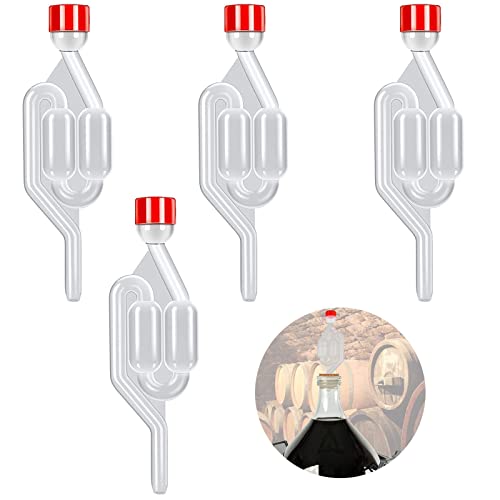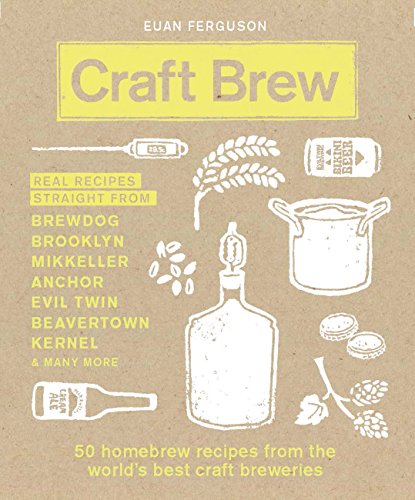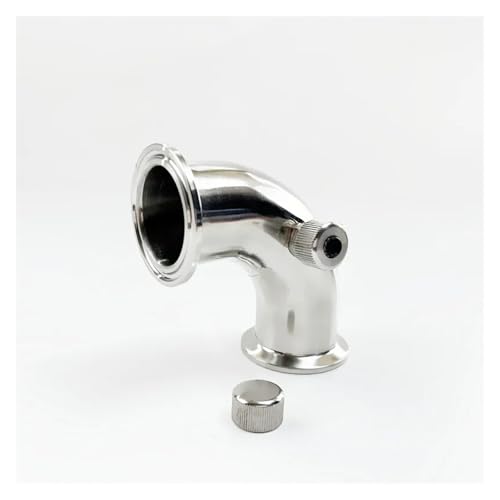morethanworts
Landlord.
[/quote]I know this is off topic, but how are you supposed to make up formula milk, except in the bottle? Although you have to let the water cool a bit, it is still meant to be hot to sanitise the powder.[/quote]
OT: re baby bottles...
Oh yes, I guess you do end up making it in the bottle eventually. I meant that you can let the water cool in a jug first.
It seemed to me there were far more nasties lying about on surfaces, chewed teddy bears, than in cans of milk powder, so we didn't worry about sterilising the powder it if it was being used immediately. We put the cold in first from the tap and just added a drop from the kettle for warmth (...in the bottle). When we were a bit more fussy, I think we used to store cooled, boiled water in sterilised bottles in the fridge, and just add a a splash from the kettle when we wanted to make it up. The kids were both fine when I last checked! What you don't do is make up the bottle with unsterilised milk powder in, store it, and then warm it up for use later. That's when the bugs would come...
Anyway, back to brewing...
OT: re baby bottles...
Oh yes, I guess you do end up making it in the bottle eventually. I meant that you can let the water cool in a jug first.
It seemed to me there were far more nasties lying about on surfaces, chewed teddy bears, than in cans of milk powder, so we didn't worry about sterilising the powder it if it was being used immediately. We put the cold in first from the tap and just added a drop from the kettle for warmth (...in the bottle). When we were a bit more fussy, I think we used to store cooled, boiled water in sterilised bottles in the fridge, and just add a a splash from the kettle when we wanted to make it up. The kids were both fine when I last checked! What you don't do is make up the bottle with unsterilised milk powder in, store it, and then warm it up for use later. That's when the bugs would come...
Anyway, back to brewing...





















![BREWING THERMOMETER STICKERS ACCURATELY MONITOR FERMENTING BEER & WINE LIQUID TEMPERATURES 5PCS HOME BREW SPIRITS WINE LCD ADHESIVE [US]](https://m.media-amazon.com/images/I/311DDjo2X3L._SL500_.jpg)


















